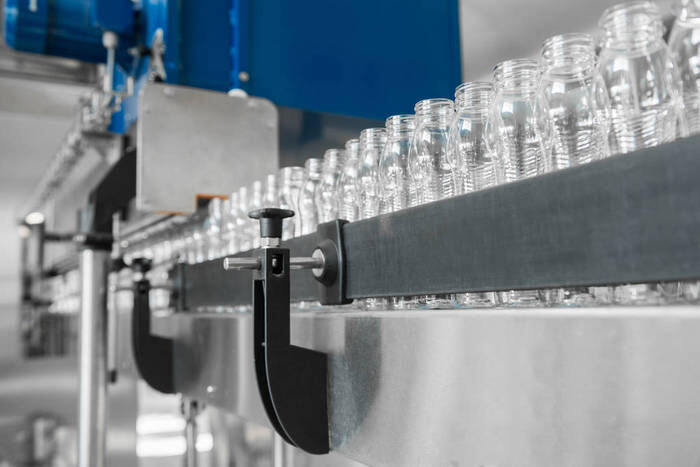4J41 is an alloy material with special functions and applications. It has excellent thermal expansion properties and is suitable for engineering fields used in high temperature environments. 4J41 is mainly composed of metal elements such as iron, nickel and cobalt. Their proportions and the addition of doping elements affect the properties of the alloy.
Specifications |
In stock, can be customized according to customer requirements |
Form |
Plate,Strip,Bar,Wire |
Classification |
Expanded alloy |
Alloy |
state |
Tensile strengthób/MPa |
Elongation δ (%) |
4J41 |
soft state |
≤570 |
≥20 |
cold hard state |
≤785 |
|
Chemical Composition
Alloy |
C |
P |
S |
Mn |
si |
Ni |
Cu |
Fe |
4J41 |
0.03 |
0.020 |
0.020 |
0.40 |
0.30 |
0.10~0.25 |
35.0~37.0 |
Balance |
Alloy |
Sample heat treatment system |
average linear expansion coefficient ā/(10—6/K) |
|
20~300℃ |
20~400℃ |
||
4J41 |
In a protective atmosphere or vacuum, heat to (850±20)℃, keep warm for 1 hour, and cool to below 400℃ at a speed of no more than 300℃/h. |
8.4~9.5 |
8.5~9.6 |
Magnetic field strength/(A/m) |
Magnetic induction/T |
Magnetic field strength/(A/m) |
Magnetic induction/T |
8 |
O.02 |
160 |
O.62 |
1.6 |
O.04 |
400 |
O.89 |
2.4 |
O.07 |
800 |
1.1 |
4 |
O.14 |
2000 |
1.36 |
80 |
O.38 |
2400 |
1.42 |
The thermal expansion performance of4J41 alloyis related to its crystal structure and the interaction between atoms. When the alloy is heated, the lattice structure changes, causing the volume to expand.
4J41 is widely used in aerospace, shipbuilding, precision instruments industrial equipment and other fields. Its thermal expansion properties make it suitable for manufacturing instrument parts, sealing components, and measuring instruments in high-temperature environments.
4J41 alloyis usually processed through processes such as high-temperature heat treatment and cold working. High-temperature treatment can improve the crystal structure and properties of the alloy, while cold working can increase the hardness and strength of the alloy.
When using 4J41, you need to pay attention to the effects of temperature changes and stress to avoid the deformation or cracking of the alloy due to excessive temperature or excessive stress.

The manufacturing process of stainless steel and alloys involves multiple steps to transform raw materials into flat,rectangular sheets or plates made of stainless steel and alloys. Here are a few key steps for stainless steel and alloys:

Molten stainless steel and alloys are cast into large ingots or billets through a casting process.

During the hot rolling process,the thickness of the steel ingot is gradually reduced and elongated to form long strips or coils.

Annealing involves heating stainless steel and alloys to a specific temperature and then slowly cooling it.

Cold rolling is carried out through rolling mills to reduce thickness to meet customer specifications.
Wuxi Walmay Metal Co,Ltd is a comprehensive processing group of Alloy Steel、Forged Parts Fitting、Titanium Alloy、Stainless Steel、Special Welding Wireseries, and more than 800 specifications.
Our group has been engaged in the domestic and global market for more than ten years with rich steel experience and can offer professional advice for customers inapplications with different materials.
Machine cutting
Sheet cutting
plasma cutting
Dynamic waterjet cutting
sawing
Plank leveling
polishing
laser cutting
laser cutting
production cutting
Long product cutting
Bar and structural cutting
polishing
Heat treatment and annealing: Wuxi Walmay Metal can heat treat certain 400 series stainless steels.
Material Reliability Identification (PMI): Wuxi Walmay Metal can complete this testing in-house.
Ut Testing: Ultrasonic testing (UT) uses high-frequency sound energy to inspect and measure stainless steel products.
Our professional sales team answers your questions within 24 hours.
Copyright © Wuxi Walmay Steel Co.,Ltd All Rights Reserved